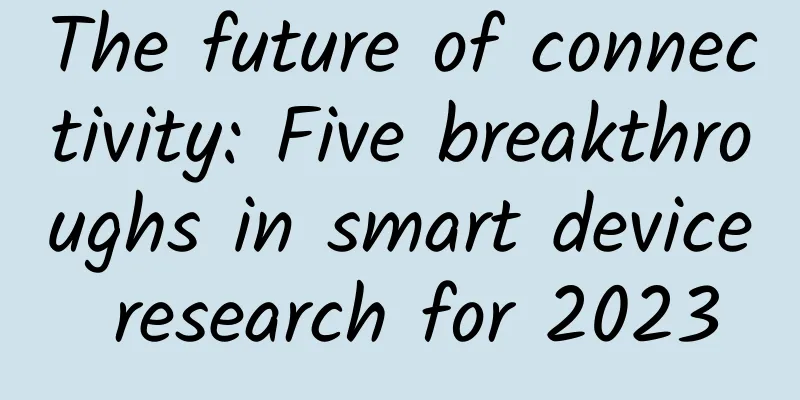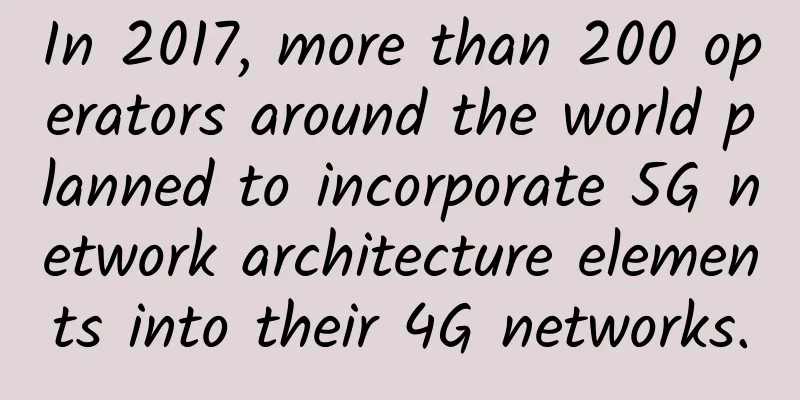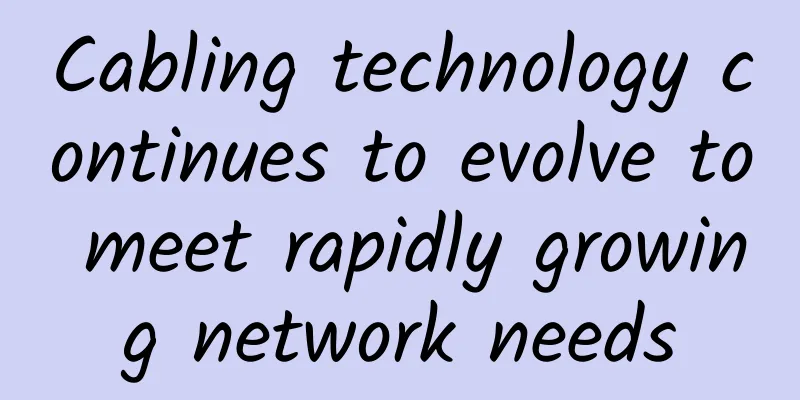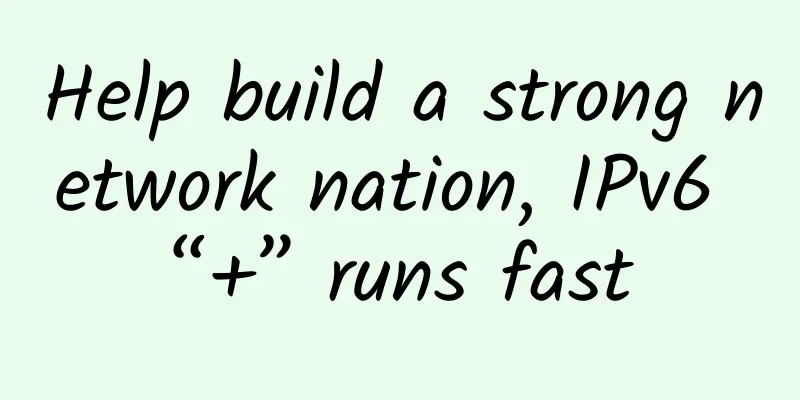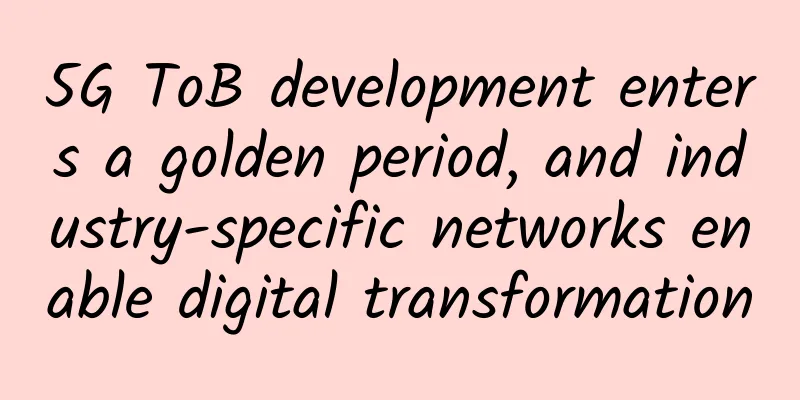5G IoT may be the next opportunity

|
Now that 5G mobile services have begun to enter the mainstream, many people are wondering what's next for the technology. Unfortunately, while there are still a lot of people and companies talking about some of the ridiculous applications that were originally promised for 5G (like remote robotic surgery...), more pragmatic people are focusing on those that offer real-world potential and value. There has been a lot of focus lately on the business applications of 5G. The launch of Verizon's OnSite 5G private network service last week is a good example. In addition, we are starting to see services built around Internet of Things (IoT) applications running on 5G networks starting to come into place. Early efforts are targeting enterprises, but there are signs that consumers may also be possible.
There are several very different factors driving this. First, core technology elements and product parts are already starting to have an impact. For example, wireless module provider Sierra Wireless just announced that its credit card-sized EM9190 5GNR part is now certified to operate on T-Mobile's 5G network in the United States and Docomo's 5G network in Japan. (The module was already certified to operate on AT&T's FirstNet and Verizon's 5G networks in the United States.) The practical impact of this news is that all kinds of different industrial and commercial equipment can start to take advantage of these networks, just by plugging the module into a standard M.2 connection. This sounds simple, but it’s actually very important because it means that device and equipment manufacturers don’t have to deal with technical challenges, regulatory issues, and carrier certifications to implement 5G connectivity. Even better, the EM9190 supports CBRS (for more, see “Spectrum Sharing Technologies Like CBRS Are Key to More Powerful Wireless Networks”), which is becoming more widespread and presents a very interesting opportunity for companies that are considering building private cellular 5G (and LTE) networks. Speaking of new developments in wireless technology, several other factors driving the development of 5G IoT include the recent and upcoming additions to the 5G specification, as well as the decline of some older wireless technologies such as 2G and 3G. In terms of new additions, last year's 3GPP Release 16 document (see "Watch out, 5G is coming, Phase 2" for more information) included the final elements needed to complete URLLC (Ultra-Reliable Low Latency Communications). URLLC was originally promised as one of the main differences between 5G and 4G, promising latencies of 1 millisecond and below and five nines (99.999%) reliability. However, real-world implementations of this technology are only just beginning to emerge. Given its perfect suitability for industrial IoT type applications, the "arrival" of URLLC is sparking more interest in these areas. On the consumer side, a technology currently being planned for inclusion in the upcoming 3GPP Release 17 document called NRLight (or Lite) looks very promising. NRLight is essentially a more powerful 5G network bonding alternative to Bluetooth, designed to support low-latency, high-security, and cloud-driven applications for cellular connections without the high power requirements of a full-blown 5G modem. In practice, this means we could see things like AR headsets that connect to 5G-connected smartphones using NRLight for cloud connectivity while being more power- and battery-efficient. Look for more information on NRLight in these and other applications that require extremely low power in 2022. At the other end of the spectrum, some operators are beginning to "reconfigure" the radio spectrum they currently use to carry 2G and 3G services. In other words, they will shut down those networks so that they can reuse those frequencies to provide more 5G services. The problem is that many existing IoT applications are using these older networks because they are well suited to the lower data rates used by most IoT devices. For example, in addition to industrial applications, Amazon's Kindle book reader has been taking advantage of old-fashioned 3G networks for cryptographic delivery of e-books. Finally, the overall focus on connectivity, and the transformation that businesses are applying to their operations as a result of this focus on connectivity, is also having a real-world impact on IoT. Granted, this may be more due to the impact of the pandemic than the rollout of 5G, but the timing of these efforts, coupled with the growing importance of 5G, is undoubtedly bringing 5G and IoT together faster than otherwise would have been the case. As early adopters of IoT have learned—in many cases, the hard way—several challenges remain in bringing value-driven, cost- or time-saving IoT applications to life. But it’s clear that technology developments, growing operator support, and advances in standards are driving enterprises into an interesting new era of 5G-based IoT. |
>>: Countries are launching alliance strategies to compete for the right to formulate 6G standards
Recommend
Huawei releases OptiXstar Gigabit Smart Optical Modem flagship product to create six-star quality home broadband in the F5G era
[Shenzhen, China, March 30, 2020] Today, Huawei o...
In the 5G era, where will the 2G-based temperature and humidity sensors go?
[[349400]] With the construction of 5G network ba...
[Black Friday] TMThosting: VPS monthly payment up to 55% off, dedicated server 10% off, Seattle data center, Alipay support
TMThosting has launched this year's Black Fri...
Operator T-Mobile announced: Delayed closure of Sprint 3G CDMA network for three months
On October 25, operator T-Mobile announced that i...
Just remember one number and you can quickly calculate the available range of the IP segment.
As long as you remember a simple number, you can ...
Tian Suning: From the Internet of Everything to the Intelligent Internet, a new company species, "customer operator", is born
From November 7 to 9, Wuzhen, a water town in the...
The router antenna is built-in or external, so there is no need to worry.
WiFi 6 wireless routers are being upgraded and re...
The intelligent world is waiting for you to build. Huawei Cloud joins hands with millions of developers to Login 2020
What does an intelligent world where everything i...
At the 2017 Asia Pacific CDN Annual Conference, Yunfan Accelerator was awarded the title of "Excellent Service Quality Enterprise"
On November 14, 2017, the 2017 Asia-Pacific CDN A...
Comparative analysis of five smart home wireless technologies: KNX RF, Zigbee, Z-Wave, WiFi, BLE-MESH
Smart home solutions need to comprehensively cons...
What kind of storm will 5G, the Internet of Things, and artificial intelligence bring?
AI technology and TOT technology Ultimately, this...
Huawei Enjoy 10S review: good-looking, powerful camera, long battery life, a good deal for a thousand-yuan phone
This afternoon, Huawei held a new product launch ...
[6.18] 80VPS regular VPS 50% off, special VPS annual payment starting from 199 yuan, multiple data centers in the United States/Hong Kong/Japan/Korea, etc.
80VPS has released a permanent 50% discount code ...
Under the epidemic, IDC companies have no right to complain
At present, with the effective and orderly implem...
[Black Friday] TNAHosting: $9/year KVM-1GB/15G SSD/5TB/Chicago Data Center
TNAHosting's Black Friday promotion includes ...

